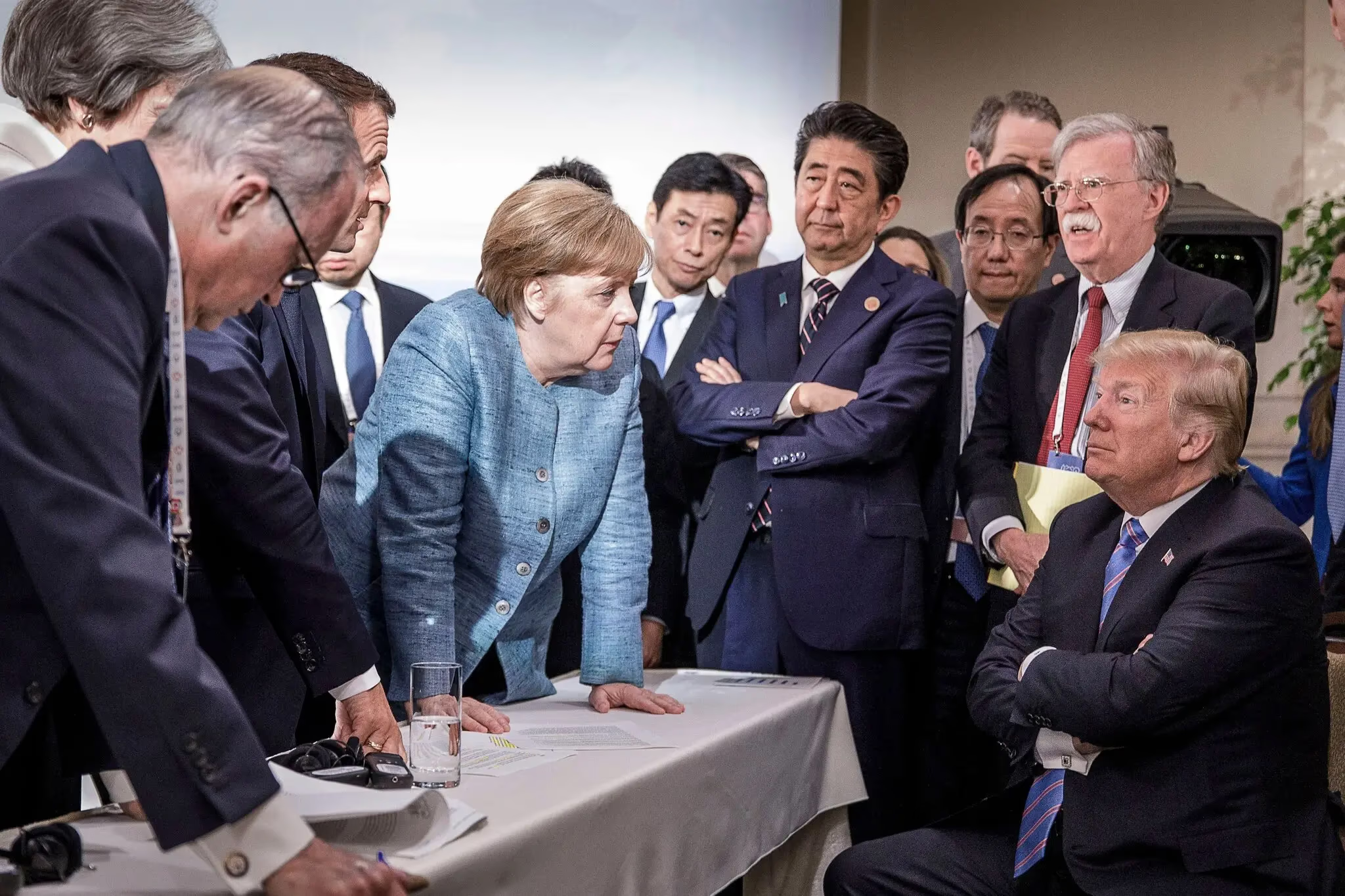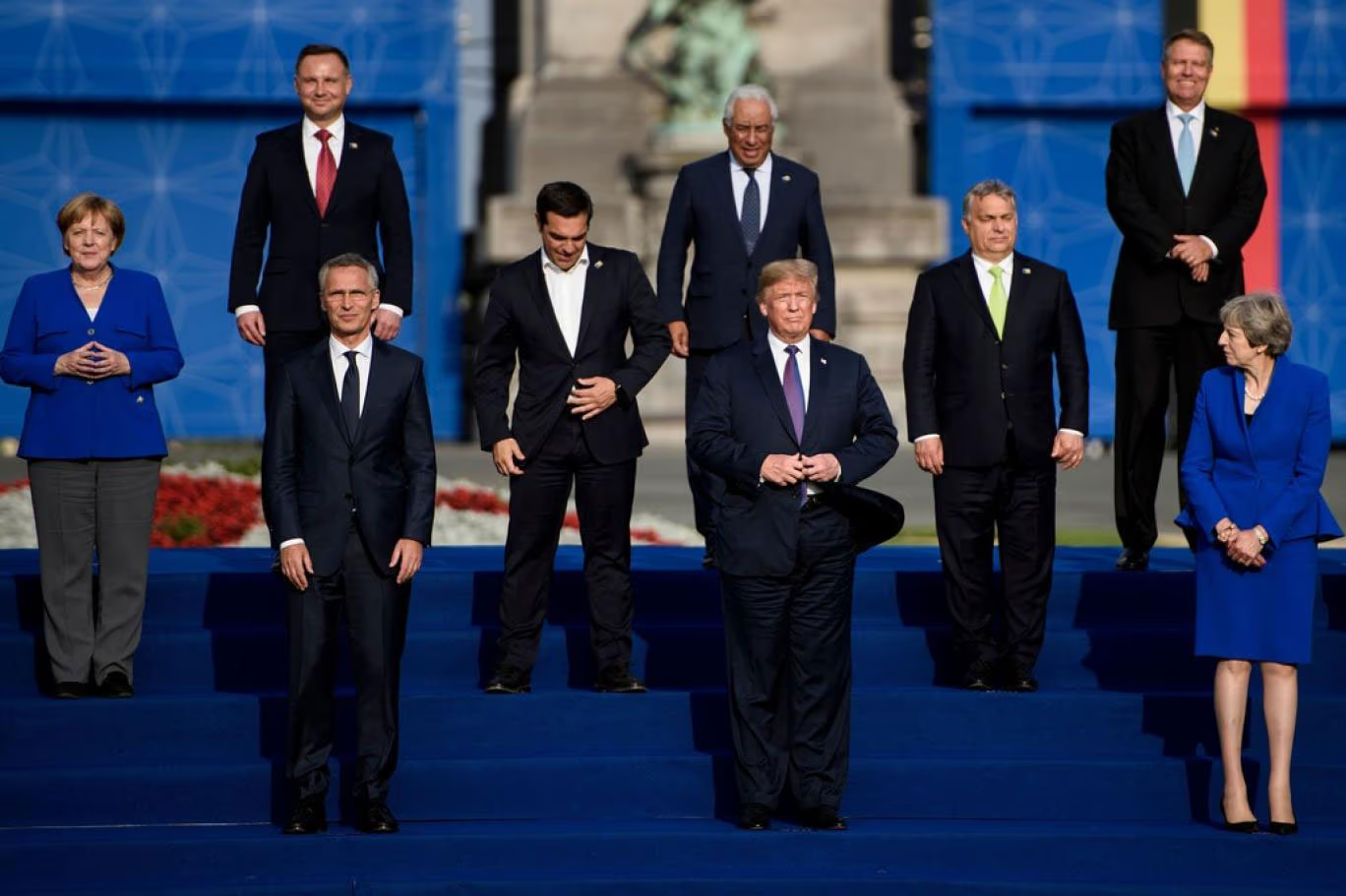Canada rolled out the red carpet for leaders of the world’s major powers and their allies against the backdrop of dangerous escalation in the Middle East and a global realignment of alliances driven by Donald Trump.
The annual summit of the Group of Seven—comprising the United Kingdom, Canada, France, Germany, Italy, Japan, and the United States—remains a key forum where Washington and its traditional partners have historically sought common ground on major issues. This year’s meeting is taking place from Sunday to Tuesday amid the scenic backdrop of Canada’s Rocky Mountains, in the resort town of Kananaskis, Alberta.
The agenda includes topics such as wildfires, the state of the global economy, and the war in Ukraine. But for many participants, the main goal is less about deliberation and more about meeting Trump face-to-face—and avoiding confrontation.
Some past summits have consisted of polite handshakes and the customary group photo. Others have turned into improvised arenas for political clashes.
The 2018 summit, also held in Canada, is remembered for a sharp public clash between Donald Trump and then–Prime Minister Justin Trudeau. One of its most iconic visual moments was a photograph of German Chancellor Angela Merkel leaning over a seated Trump during a tense exchange over Russia’s potential readmission to the group. The image became a symbol of global anxiety about Trump’s direction and his attitude toward international cooperation.

Then–German Chancellor Angela Merkel during a meeting with President Donald Trump and other leaders at the 2018 G7 summit in Canada.
Who's Attending the Summit?
The G7 summit traditionally gathers the leaders of seven member countries—Britain, Canada, France, Germany, Italy, Japan, and the United States—along with representatives from the European Union. But this year, participation is especially broad. Canadian Prime Minister Mark Carney, whose country holds the G7 presidency in 2025, has invited leaders of several key partner nations outside the group. Attending the summit in Kananaskis are the heads of India, Brazil, South Africa, Mexico, Ukraine, Australia, South Korea, as well as the Secretary General of NATO.
What Issues Are on the Agenda?
On Monday, G7 leaders will focus on the global economy. Other top priorities include tackling wildfires currently raging near the summit venue in Alberta, as well as combating drug trafficking and illegal migration.
On Tuesday morning, Ukrainian President Volodymyr Zelensky and NATO Secretary General Mark Rutte will join discussions focused on the war in Ukraine. Later in the day, the roundtable will expand to include other invited leaders.
The topics of the global economy and Ukraine are expected to be particularly contentious this year. Tariffs introduced by Donald Trump against every country represented at the summit have raised fears of a global recession. At the same time, the U.S. is pressing European allies to shoulder a significantly greater share of the burden in supporting Ukraine militarily.
Other major topics are likely to be addressed in closed-door or bilateral sessions.
On Monday morning, Donald Trump is scheduled to meet with Canadian Prime Minister Mark Carney to discuss the ongoing trade conflict between the two countries. Although the U.S., Mexico, and Canada are formally linked by a free trade agreement, it has effectively been nullified since Trump imposed tariffs on imports from both nations—America’s top trading partners—undermining decades of efforts toward North American economic integration.
What Decisions Will Be Made?
While G7 summits are often associated with symbolic gestures, over the past two years the forum has played a central role in coordinating major sanctions against Russia in response to its full-scale invasion of Ukraine.
However, Donald Trump's current stance on global trade and foreign policy—along with America’s broader retreat from the international order it once helped build—means that few major collective decisions are expected this time.
According to Canadian officials, the idea of issuing a joint communiqué—a traditional final statement by the leaders—was taken off the table well in advance.
Still, bilateral meetings between Trump and other leaders, as well as talks among smaller groups of countries, could result in limited statements or targeted decisions.
A key question will be whether summit participants can forge a coordinated position on the wars in the Middle East or in Ukraine. Failure to do so would be a stark reminder of how far the United States has drifted from its traditional allies on the most pressing global issues.
Trump’s presence continues to add an element of unpredictability—and potential drama—to the proceedings. His posture toward Canada has led to a sharp decline in public sentiment: he has openly questioned the country’s sovereignty and even declared he would like to make Canada the “51st state” of the U.S.
The Royal Canadian Mounted Police have said they expect protests in Calgary—one of Alberta’s largest cities—and in the resort town of Banff, both located near the summit venue in Kananaskis.
All At Once, Everywhere

Trump Sets in Motion a Reassessment of Global Agreements
Allies Adjust Trade and Defense Policies to Fit the Priorities of the New U.S. Administration

A Trade War With China That Is Nearly Impossible to Win
The U.S. Is Confronting the Consequences of Its Own Strategy

"Would a U.S. President Risk Dying for Tallinn, Riga and Vilnius?"
Moscow Seems Ready to Find Out—An Interview With Germany’s Intelligence Chief

